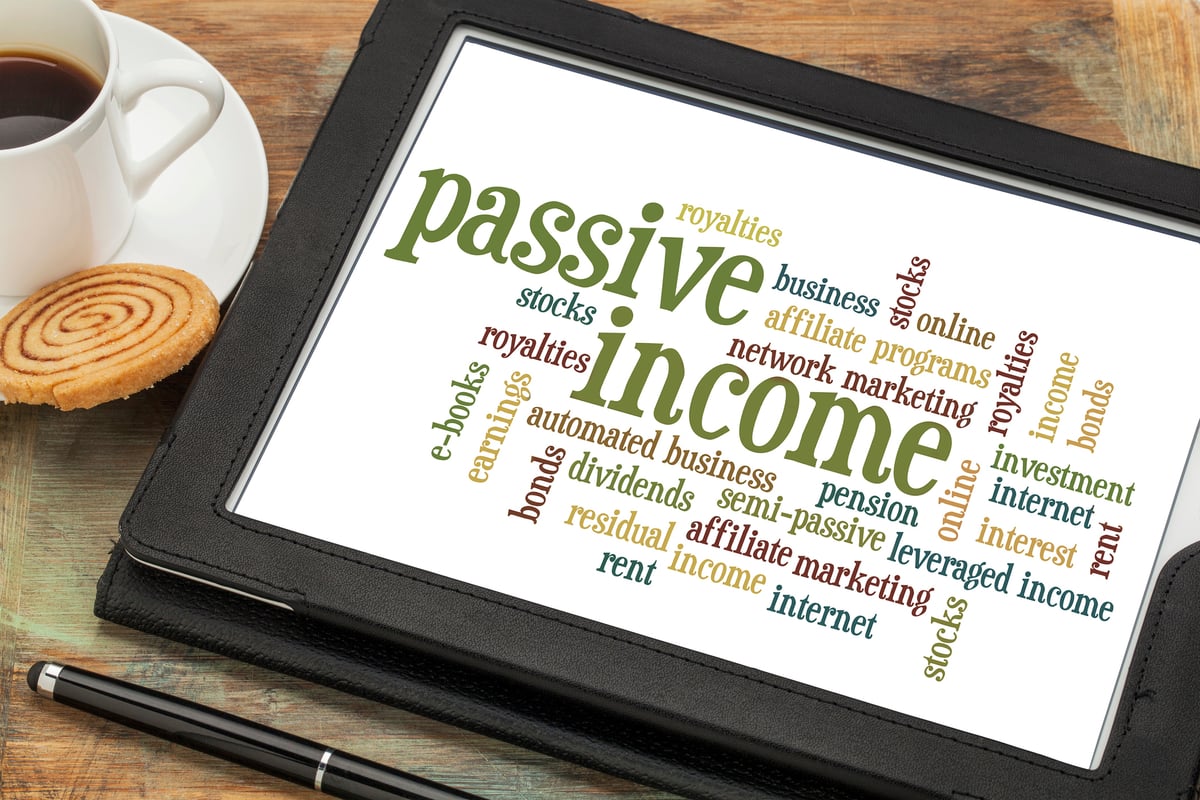The Clorox Company (CLX +0.33%) has had a great run this year. Shares of the consumer products giant are up more than 10% year to date. Including dividends, its total return has outpaced the S&P 500 Index.
This follows a multiyear run for Clorox stock. Its shares are up 40% during the past two years. While this is undoubtedly good news for investors who held the stock during this time, it cold be a dangerous occurrence for investors interested in buying the stock today.
That's because Clorox's underlying fundamentals haven't kept up with its impressive stock performance. The company has produced modest earnings growth, at best. This has flowed through to its dividend growth, which is unimpressive, as well. The end result is that income investors, or those who buy and hold Clorox primarily for its dividend yield, are in the uncomfortable scenario of overpaying for the dividend.
Here's why investors should think twice before buying Clorox just for the dividend yield, which was at 2.9% as of Thursday's closing price.
Clorox: Good business, bad stock
Clorox is a highly regarded dividend stock, and it's earned its reputation. Clorox has raised its dividend every year since 1977. That's a streak of 37 years in a row. It can do this because of its strong and diverse product portfolio.
Clorox has several premier brands that give it a wide moat against competitors stealing market share. The company controls impressive positions with several of its key brands, which include its namesake bleach, as well as Glad trash bags, Kingsford charcoal, Brita water filters, and the Burt's Bees line.
But the lack of underlying growth necessary to support strong dividend growth is a concern. Clorox recently released fiscal 2015 first-quarter earnings. Organic sales, which strip out the effects of currency fluctuations, grew 3% year over year. Earnings per share grew 5%, thanks to cost-cutting efforts.
Its results in fiscal 2014 were equally modest. Clorox's organic sales grew 2%, and diluted earnings declined by 1%. The company is being hurt by higher manufacturing and logistics costs, as well as higher costs for raw materials. Input costs are going up, and sluggish sales volumes aren't helping Clorox's bottom line. Gross margin contracted in the first quarter by 70 basis points.
Clorox's earnings were decent enough, but as growth slows, so does its dividend growth. This makes sense, of course, because Clorox already distributes two-thirds of its earnings to shareholders as a dividend. At that level, it shouldn't raise the dividend beyond the rate of earnings growth.
Clorox's dividend increase this year was just 4%, far below last year's 11% raise. Earnings trends are not expected to meaningfully improve. Clorox expects just 1%-3% organic sales growth, and $4.35 per share to $4.50 per share in diluted earnings in fiscal 2015. That would represent 2%-5% earnings growth, which will probably result in another disappointing dividend increase next year.
Be wary of buying Clorox just for the dividend
Investors buying Clorox now probably do so because of the dividend first and foremost. It's true that Clorox is deservedly known as a premier dividend stock, with a long track record of paying quarterly dividends and raising its payout every year.
With interest rates so low, income is hard to come by these days. It's certainly understandable for investors who desire income to instinctively flock to a company like Clorox with its solid 2.9% yield. That beats the yield on the S&P 500, which is around 2%, and it handily tops the interest rate available on bank products like savings accounts and certificates of deposit.
But it's important to remember that investing in stocks carries risks. Investors should keep in mind total return. Buying Clorox at $100 per share or higher, where it's traded since Nov. 4, exposes investors to significant valuation risk. Clorox is a strong company, but even a good business can be a poor investment if too high a price is paid. The company simply doesn't generate enough earnings growth to justify its valuation multiples at this level. Investors buying for the yield will be disappointed with Clorox's total return if the valuation returns to average multiples.
At its current valuation, Clorox looks overvalued. The stock trades for 24 times trailing earnings and 21 times forward earnings estimates. These are too aggressive considering the company's weak earnings growth potential. Because of this, investors would be wise holding off from buying Clorox stock until a decent 10%-20% pullback to more appropriate valuation multiples.






